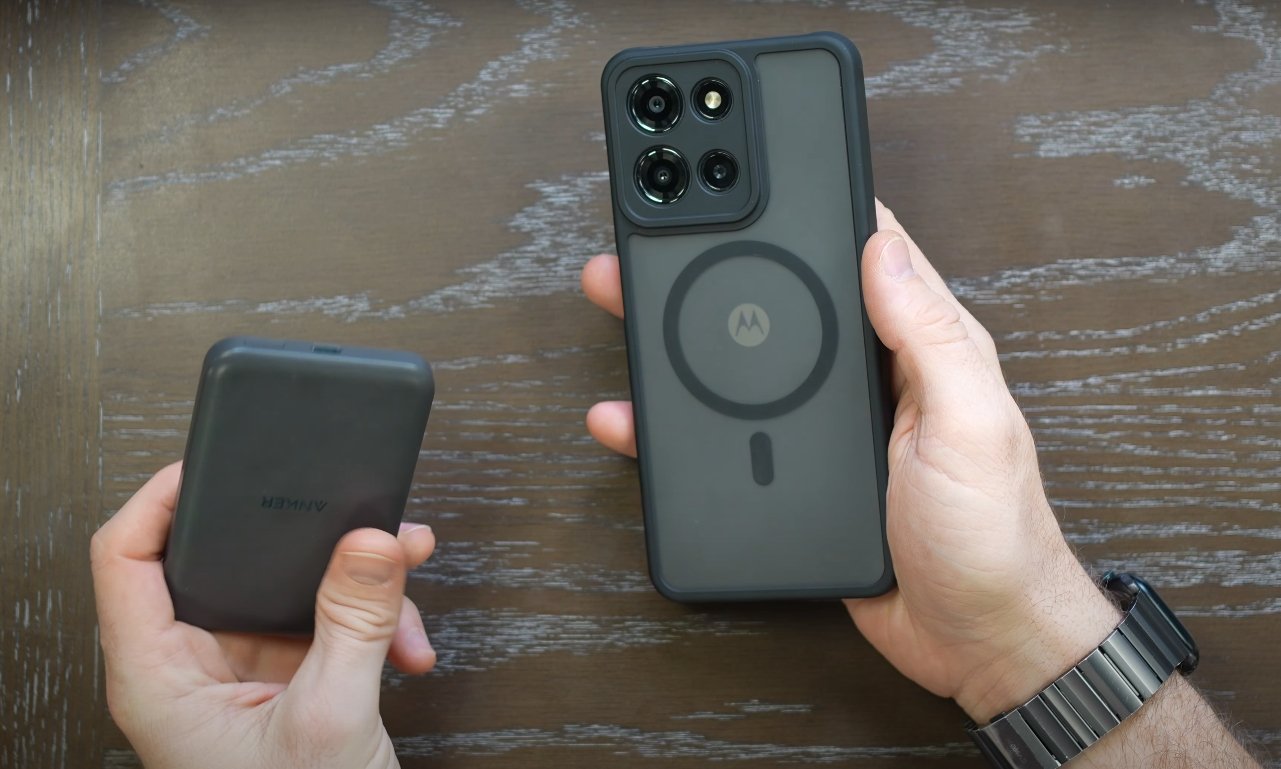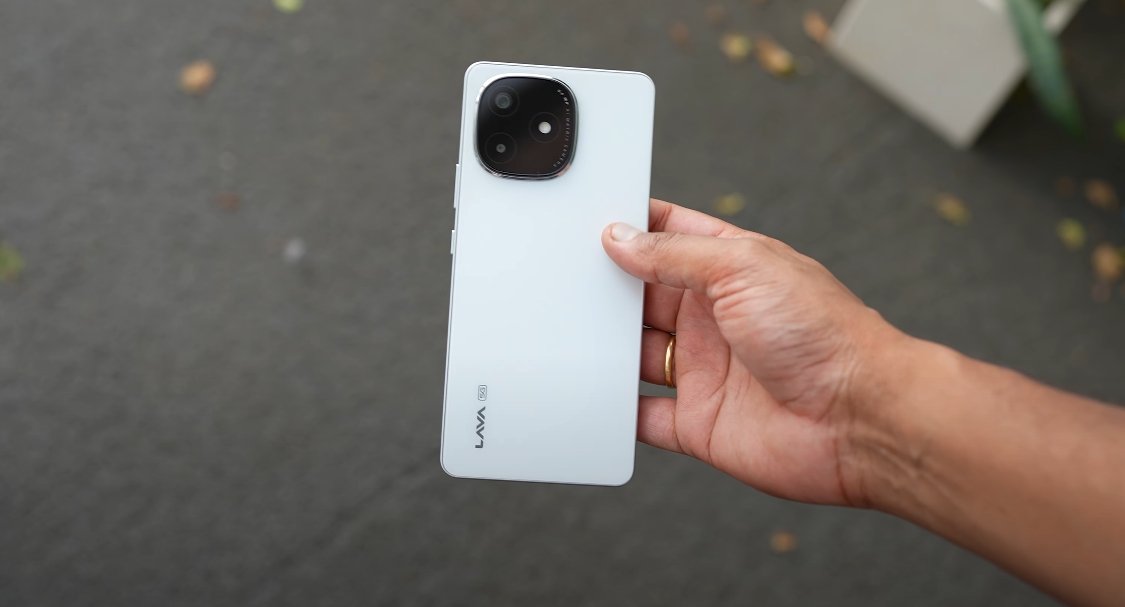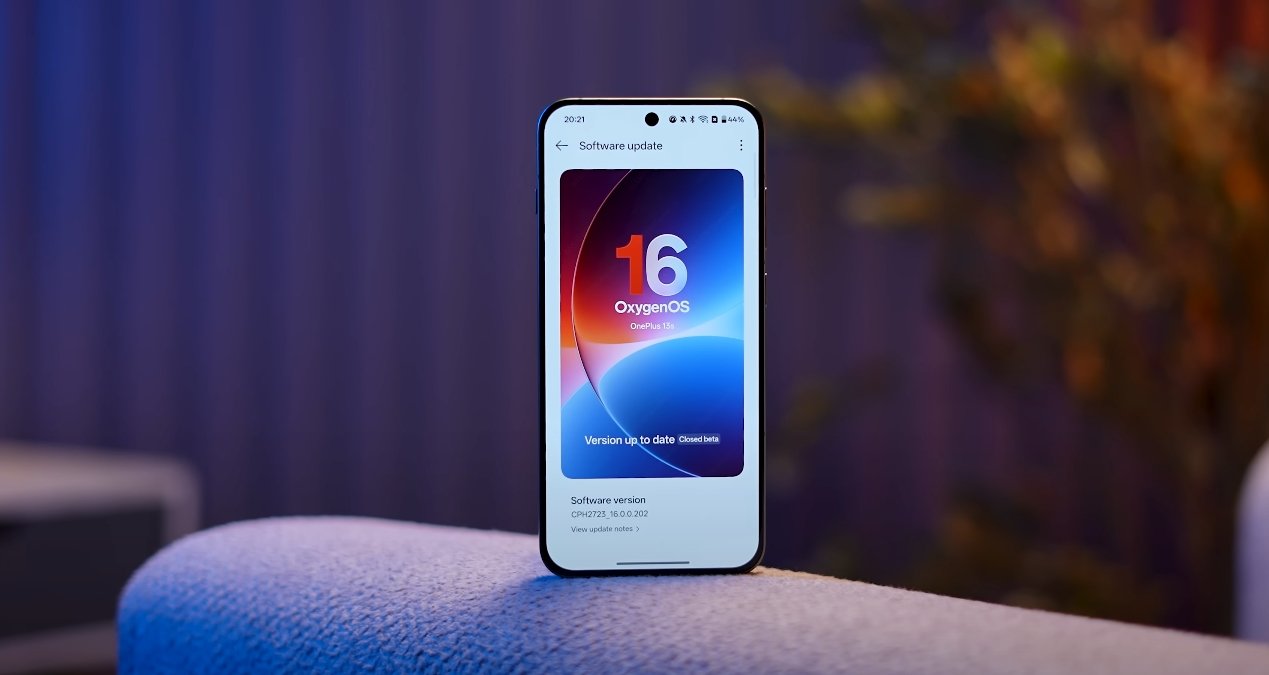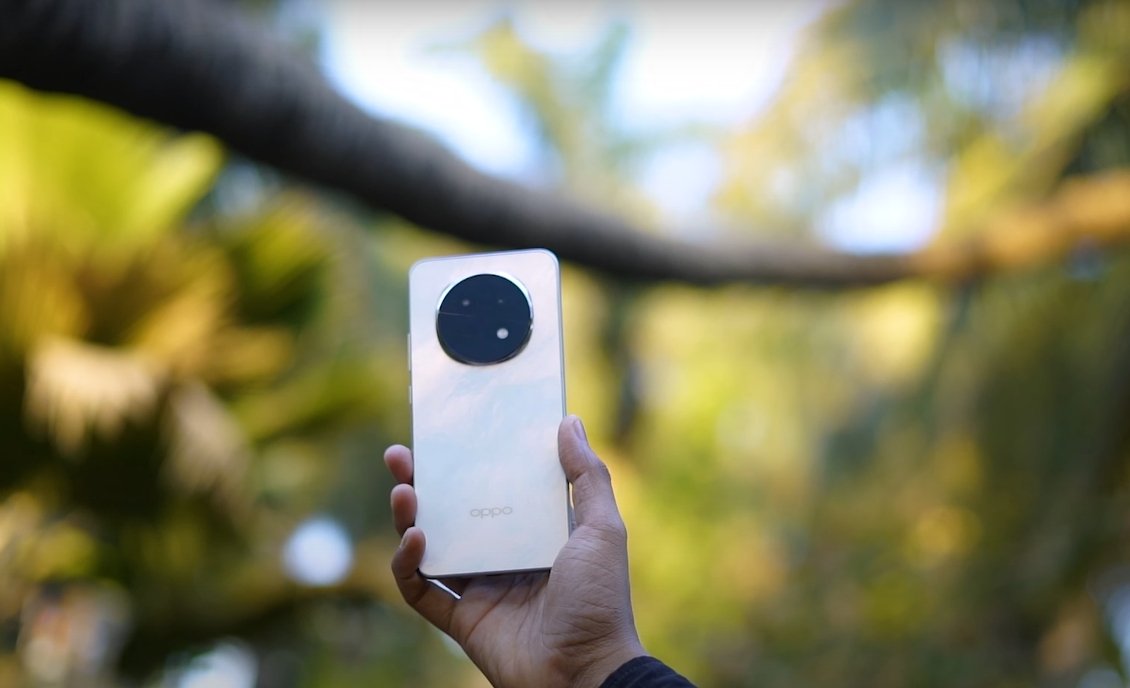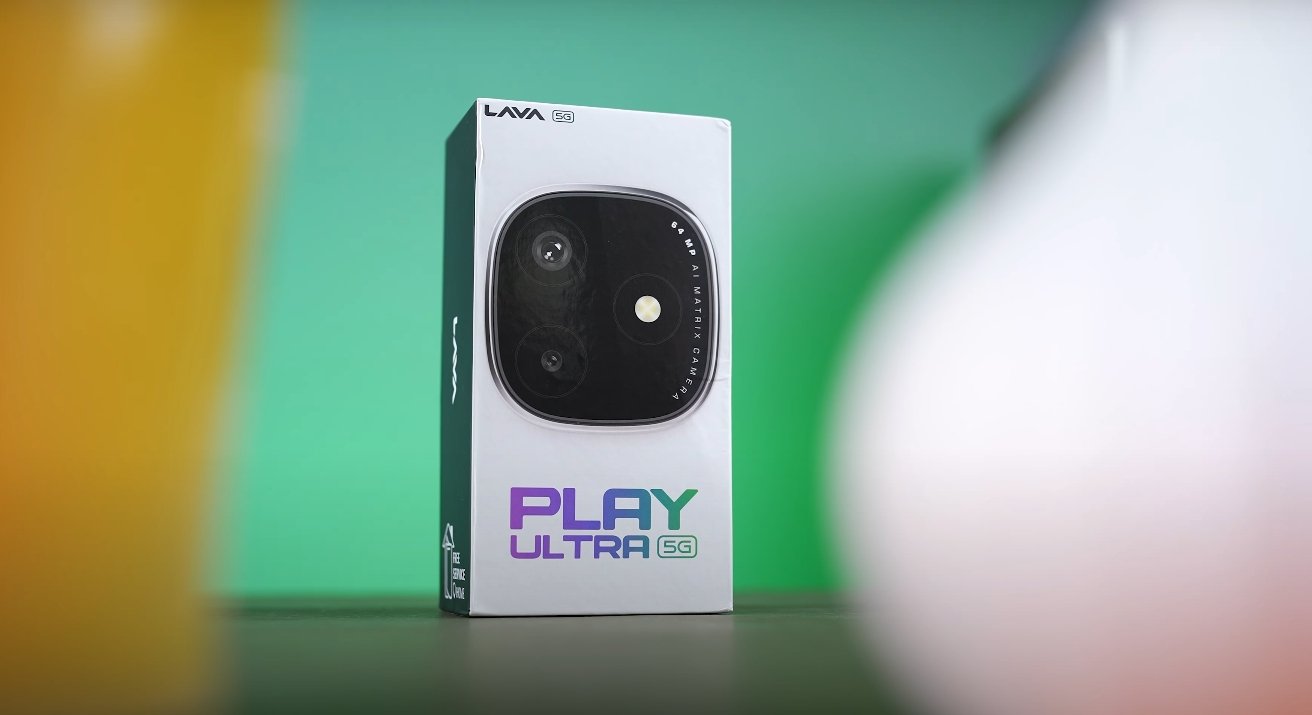Estimating the Future Resale Worth of Lava Agni 4 in the U.S. Market
The Lava Agni 4, expected to be priced around ₹25,000 in India (roughly $300–$330 USD), enters the market as a mid-range 5G smartphone aimed primarily at Indian consumers. However, some tech enthusiasts in the United States have shown interest in importing the device due to its specifications and competitive pricing. The big question for these buyers is how much resale value the Agni 4 might hold once it reaches the U.S. market. Based on previous trends and the brand’s presence, its resale potential in the United States is expected to be modest.
Lava is still a relatively unknown brand in the U.S. smartphone ecosystem, which immediately affects resale prospects. Unlike global names such as Samsung, OnePlus, or Google, Lava lacks official carrier certification, repair support, and trade-in programs in North America. This absence means that most resale transactions would have to occur through secondary markets such as eBay, Swappa, or Facebook Marketplace. Buyers on these platforms tend to be cautious with imported devices that may lack software updates or 5G band compatibility, further pushing resale prices downward.
Given the starting price range, U.S. buyers who import the Lava Agni 4—factoring in shipping, import duties, and taxes—could spend about $330 to $360 in total. Within the first year of ownership, the resale value of imported Android devices typically drops between 45% and 60%, depending on brand recognition and usability in local networks. For the Agni 4, this depreciation is likely to be steeper, landing its estimated resale price around $150–$180 after one year in good condition.
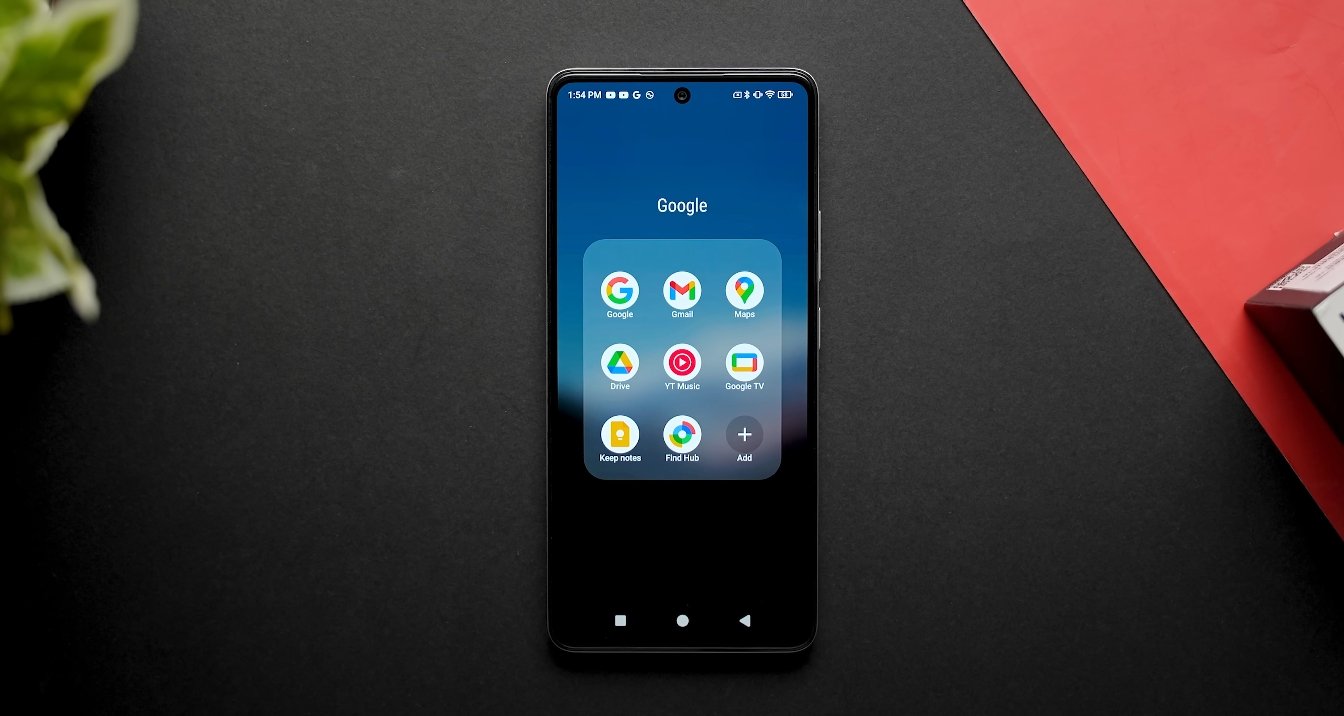
After two years, that value may drop even further, potentially ranging between $80 and $120, depending on the phone’s condition, software performance, and demand in niche markets. Phones with hardware or software limitations, such as lack of 5G access on U.S. carriers or limited VoLTE support, tend to lose resale appeal quickly. The resale value could also be affected by Lava’s software update schedule. If the Agni 4 receives timely Android updates and retains strong battery health, it could hold slightly better value, but it will still lag behind similarly priced brands with established reputations in the U.S.
Physical condition plays a crucial role in determining resale worth. Devices in mint or excellent condition, with minimal wear and tear and original packaging, will command higher prices than those showing signs of use. Screen cracks, battery degradation, or connectivity issues can cut resale value by as much as 30%. Buyers in the U.S. also tend to favor phones that support U.S.-specific LTE and 5G bands, so any limitations in compatibility will further reduce what sellers can expect to recover.
Another limitation is the lack of official resale or trade-in channels. Since Lava phones are not listed in trade-in programs by major U.S. carriers like AT&T, Verizon, or T-Mobile, users cannot offset the cost of new phones through official exchanges. As a result, resale remains dependent on private buyers, who often negotiate aggressively for imported or niche devices. This dynamic naturally keeps average resale prices lower than mainstream alternatives.
In summary, the Lava Agni 4 is likely to experience faster depreciation in the U.S. market compared to major global brands. A phone purchased for around $330 could realistically fetch about half that price within a year and possibly one-third of it after two years. While its strong hardware and design may appeal to budget-conscious buyers, its resale value will remain limited due to lack of local support, brand recognition, and certified network compatibility. For U.S. users considering import, the Agni 4 may be a good daily driver but not an ideal long-term investment in terms of resale potential.
Also Read: Pixel 10 Pro Fold App Optimization for Foldable Mode

